Who created this website? Is it commercial?
This website is maintained by private people who believe in cheap solar energy as a significant contribution to fight climate change. All information on this site is free. We do not sell anything. We help to learn, understand, take decisions and find suitable equipment providers. We cooperate with Biohaus-Stiftung und Greenpeace.
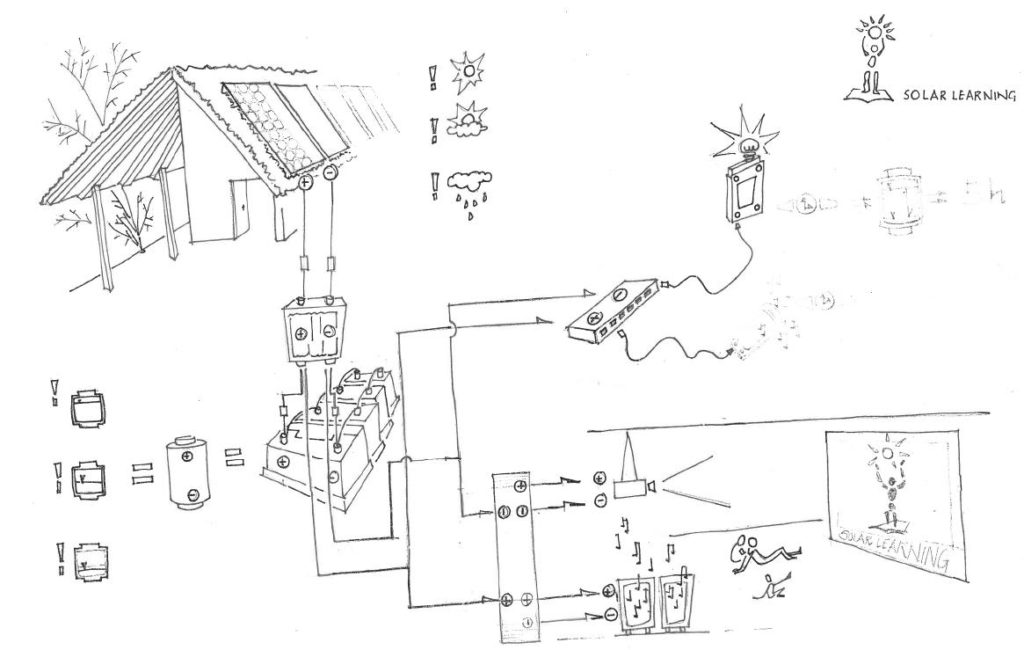
Why do you concentrate on medium size solar systems?
Medium Size installations are of great interest for small companies, for small offices, for public buildings on communal level. They have a short period for return on investment. They can be combined with batteries and contribute to grid stability by buffering demand peaks. The decision to install a medium size system can be taken by a single person or by two or three people. No big investment, no bureaucracy. Even people with basic technical understanding can learn the necessary steps to install such a system. In some cases they will need a certified electrician for approval and connection to the grid but this is a matter of several hours only, not weeks or months of contracted work.
Medium size solar plants are robust and decentralized. They are less likely to be destroyed in war time. The expensive parts (inverter and battery of ES-Hybrid systems) can be protected against destruction in basement rooms. Replacing destroyed panels is a matter of days and not very costly.
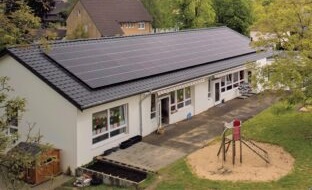
Which benefits can I expect from an Easy Solar system?
With a suitably dimensioned system you can expect to produce significantly more energy than you need during eight months of the year. A battery will help you to cover periods where there is little or no sunlight (cloudy days, nights). So you will practically not buy energy from your provider between early March and late October. From November to February you will have to buy between 20% and 80% of your daily demand depending on weather conditions. If you are allowed to feed surplus energy into the grid and if you get compensation for it you may even end up with ZERO COST for your electric energy.
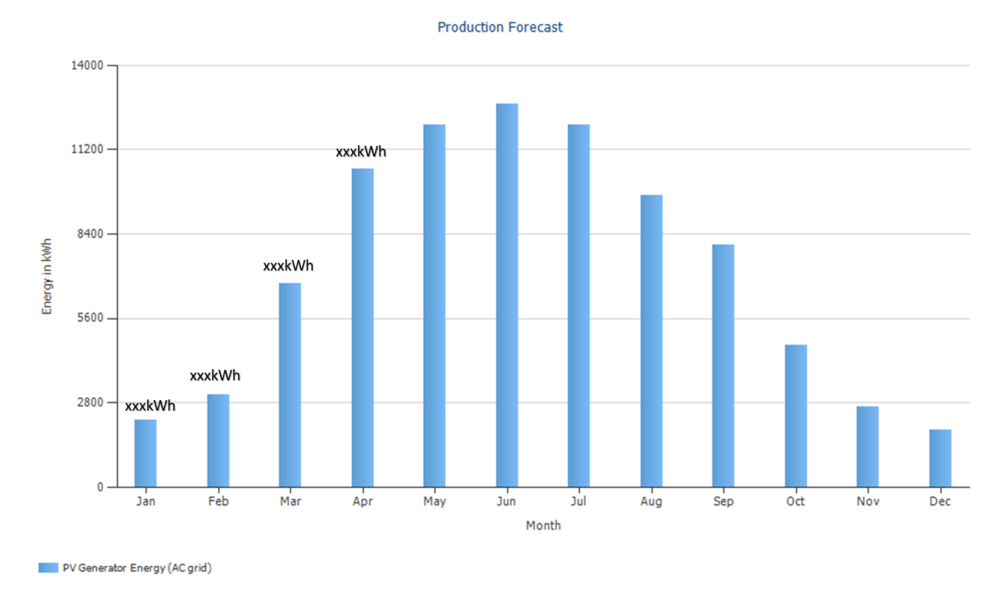
Will my Easy Solar system work if the energy grid is down?
Most of the configurations we describe on our page have a battery. Most of them can produce energy for direct consumption and/or battery loading even when the grid is disconnected.
There is a very good explanation of different concepts for off-grid capability at Voltacon.
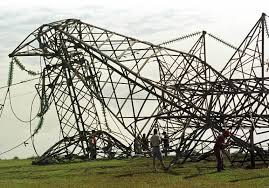
What size of an Easy Solar system will fit my needs?
Our configurations cover a range between 2 kWp and 15 kWp. “kWp” means “kilo Watts peak” and describes the maximum power the solar panels can produce in combination with the solar inverter under ideal conditions (sun rays falling vertical onto the glass, no clouds, medium to low temperature). Realistically you can expect the panels to produce 50% of their peak power for the duration of the sunlight hours on an average day in spring or autumn and somewhat more in summer.
The batteries we describe have a range between 5kWh and 23 kWh capacity. “kWh” means “kilo Watts times hours”. A 10kWh battery needs ~ 11kWh to be fully loaded and it will return ~9 kWh because it it cannot be discharged to zero. Batteries of the ES-Hybrid are more efficient than those used in ES-Micro.
There is a dedicated page on finding the best system type and size for your needs.

How much space will be needed for installing the solar panels?
A modern solar panel with 2m² can produce 430-450Wp. Older panels will produce less (270W for example). Over time the capability of a solar panel becomes a little bit smaller (typically 5..10% in 15 years).
An ES-Micro system is not limited by the maximum allowed power of the inverter but by the type of panels attached. Connecting 4 used panels with nominal 4×270 W will not give you more than 4*250Wp = 1kWp. 4 new panels will give you 1.8 kWp.
Panels can be placed flat on a roof if there is an angle between 10° and 35°. IN that case you need the sum of their surface plus 15% as an area to mount them.
On a flat roof or on ground you must leave some space between the panels so that they do not put shadow on each other. You will need between 20% and 50% more space depending on the orientation of your panels.
In all cases you should think about splitting the orientation of your panels to East, South and West so that energy production is spread more evenly over the day.
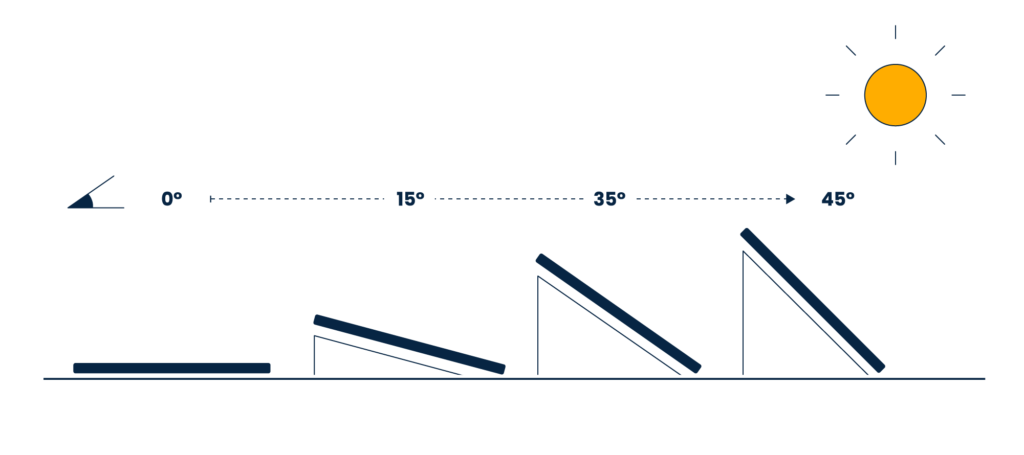
Can I see a live system working?
There is an ES-Hybrid-5-5 pilot system (in Germany) which we use to verify the concept.
The first Easy Solar Sytems in Ukraine will be installed in late spring 2025. On our monitoring page you will see their energy production live. Contact us if you want to talk to the owners and we will let them know that you are interested.
Is there a community of people who use an Easy Solar System?
We plan to establish a forum on this website where customers can exchange their experiences. Describing how they mounted their panels and where they placed inverters and batteries will most likely help others.
Where can I buy the components for a STEP system?
We have a page listing web shops who know our philosophy. Before delivering an Easy Solar System to you they wil pre-configure it so that it wiill work out of the box.
Why do you put so much emphasis on DYI (do it yourself)?
First, there is lack of craftsmen – not only in Ukraine. Even if you have the money and know that investing in a solar system would pay off within a couple of years you simply cannot get it because you do not find a company to install it for you. Or you pay more for the installation work than for all the electrical components together.
Second, taking responsibility for installing your own system will strengthen the positive attitude towards your system and you will talk proudly about your system. Eventually convincing others to go the same way. Last not least people tend to focus on how they are using their harvested energy. We have seen many cases where they reduce their overall demand or adapt their energy usage to the daily production profile as far as applicable.
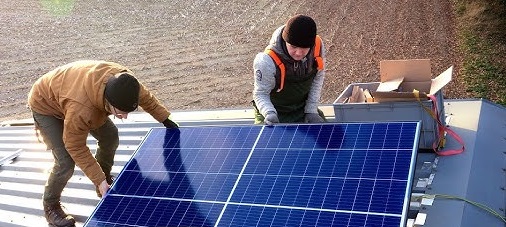
What do you mean by DIY enthusiasts?
We are talking about people who have used a drilling machine occasionally. People who fiddle IKEA style furniture pieces together. People who ideally are not afraid of scaffolding and mounting a roof. People who respect electric voltages but are not overly anxious about them. People who plan well before they act. People who like to co-operate with others. People who are not afraid to ask some-one for help if they feel not absoluetly clear on how to proceed. Men who respect women on eyes level. Womlen with good confidence in their ability to understand “technical things”.
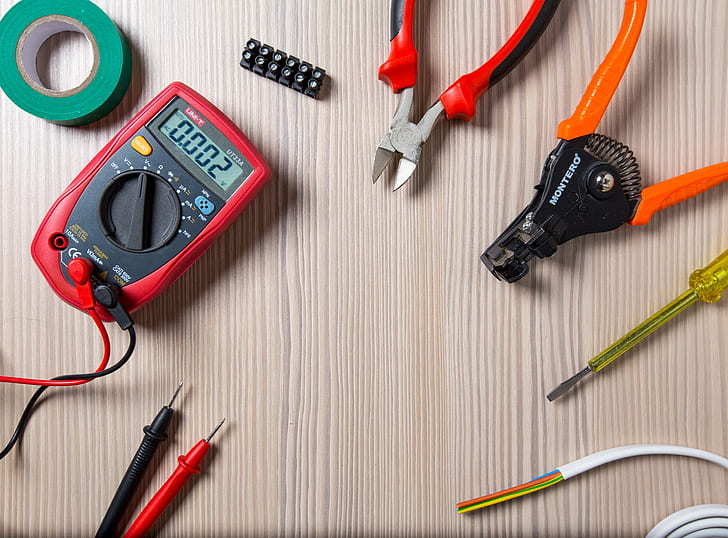
What will I have to do myself?
- (1) understand your needs
- (2) understand your possibilities
- (3) select a system and order it
- (4) order the mounting material and cables
- (5) install panels, inverters and battery,
then connect everything with cables in the correct way - (6) find some-one who will install an energy meter and fuses inside your fuse box if your ES system requires it
- (7) connect your system to the grid (ES-Micro) or find a certified electrician who will check your installation and connect it to the grid for you (ES-Hybrid)
- (8) install the monitoring app on your mobile phone
- (9) look how your installation behaves and tell others about it proudly
See our Do-it-yourself page for details.
Look around in the web. There are millions of videos explaining the necessary work steps in every detail. You may not understand the language, but the pictures and subtitles will help you to understand.
Last not least you can write us a mail.
Do I have to talk to authorities?
This depends on the regulations in your country. You should checl carefully. In many cases an ES-Micro system which is designed to limit its grid feeding to a legally defined minimum can be installed without explicit permission. For such a system you will need an electrician to install a metering device in your fusebox which continuously tells the inverters how much energy they are allowed to produce to keep within the defined limit of grid feeding.
If you can convince your provider to feed excess energy into the grid without being payed the meter will not be necessary.
On the other hand, if you are going to install an ES-Hybrid system you should try to get compensation because these systems are usually larger and in summer there will be a significant amount of energy which you simply cannot use yourself because your battery is full and your current energy demand is already satisfied. In that case the provider will install a bi-directional meter (which is NOT the meter you are using to control the energy production of your inverter) and your system will have to be registered officially.
As a rule of thumb we suggest that you contact your energy provider or an experienced electrician already during your planning phase.
You and your provider should understand that a photovoltaic system can contribute actively to grid stability if it is controlled intelligently. For example you could feed excess energy during morning hours into the grod even if your battery is not yet full. Later in the afternoon you fill your battery. If some solar systems behave that way (anti-cyclically) the overlal result will be a more steady availability of grid energy. It is a long way to achieve and automate this, preferably using dynamic energy prices. But there is a realistic perspectove to implement such regulation mechanisms some day.
What about warranty, maintenance, insurance?
If a component should be defect the dealer where you bought your system wil help you to make claims against the manufacturer. Easy Solar devices come from established firms with international support. If your claim is justified there is a really good chance that your device will be repoaired or (more likely) be replaced by a new one. The effort for dismounting the defect device and installing the replacement will be yours.
Regarding a maintenance contract you can talk to your electrician. In many cases solar systems run without any maintenance for many years. Therefore we would not say that a maintenance contract is absolutely necessary.
You may want to look for an insurance against natural hazars like hail or lightning. Solar panels and micro inverters are very robust and relatively cheap. The biggest risk we see is that an ES-Hybrid inverter or BMS might be destroyed by high voltages in a thunderstorm. Actively protecting against this risk by installing a special overvoltage protector in your fuse box might make more sense than paying for insurance rates. But it is your decision. Consult your electrician.
After the panels have been delivered to you and before you habe mounted them there is a certain risk of theft. We recommend to keep them in a safe place during that period. If your whole system is on ground level and easily accessible you could install a camera and some alert mechanisms like motion detection spotlights if you are afraid of theft.